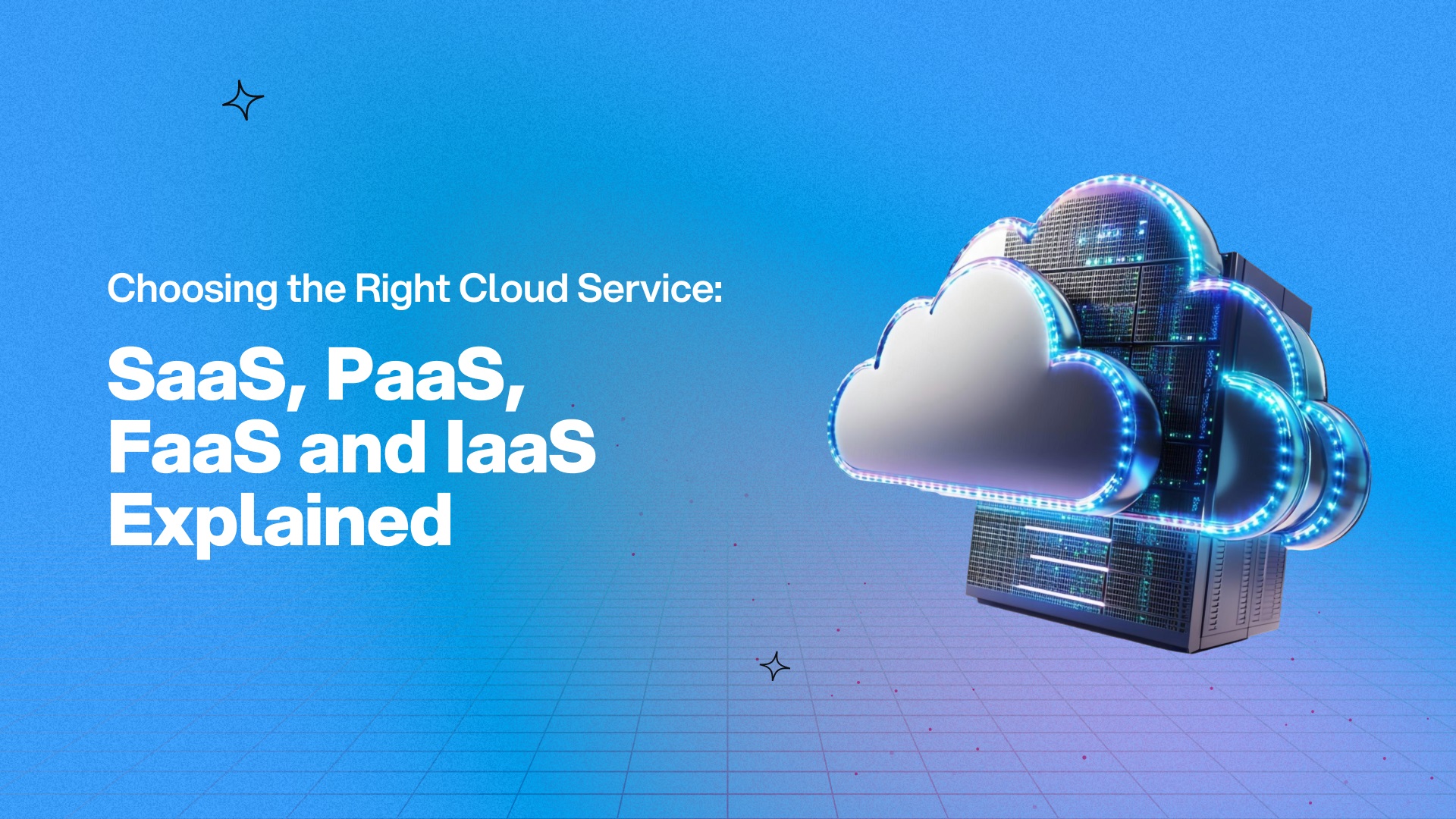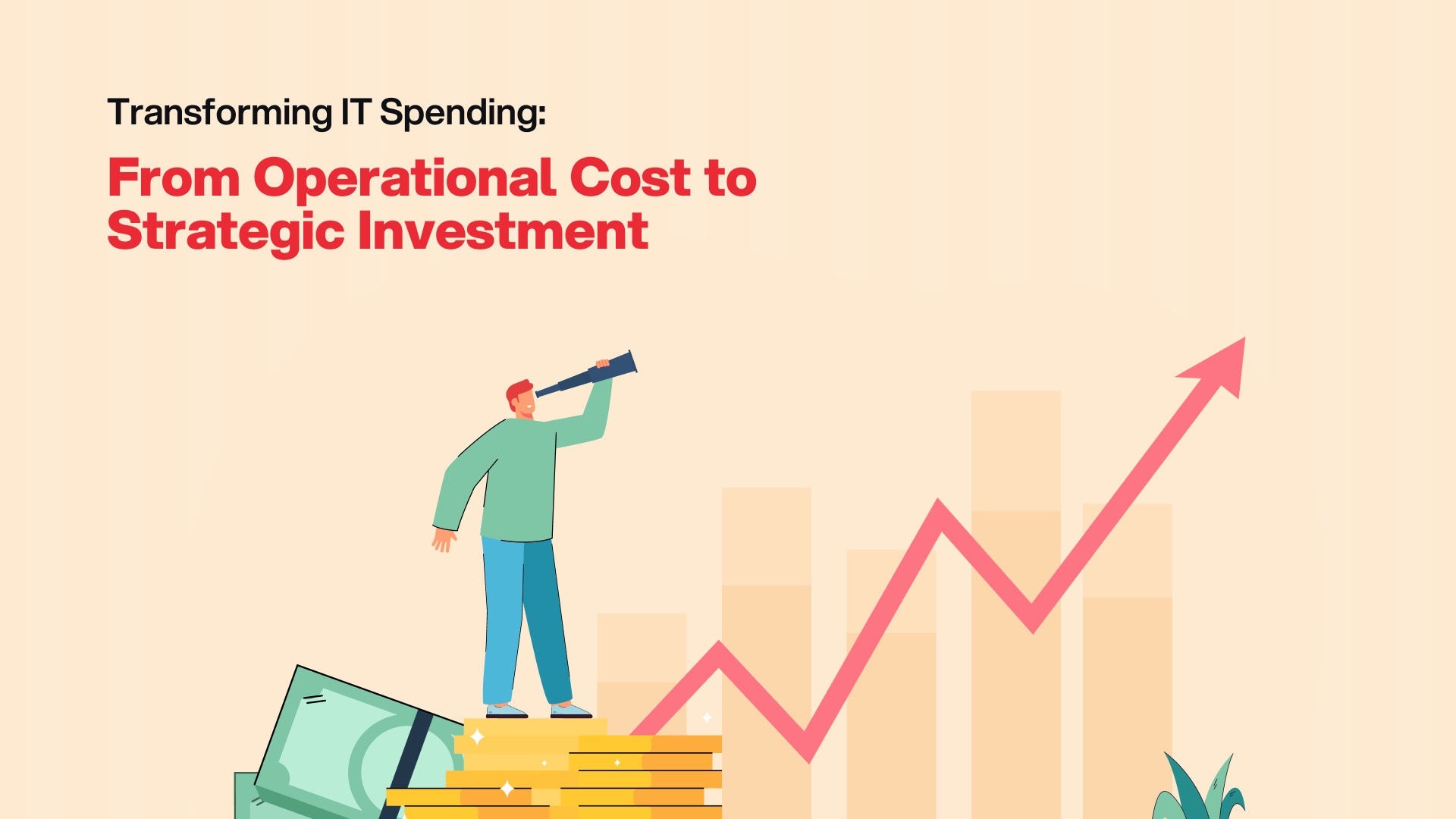
Contents
The Philippines IT sector has seen remarkable growth in recent years. Strong government support, skilled workforce, and increasing demand for digital solutions have been the main drivers of this growth. As a major player in the global outsourcing industry, the country’s thriving software development and ICT market is set to continue expanding. The Philippines is quickly establishing itself as a leading hub for IT services, particularly in areas like software development, cloud computing, and cybersecurity. This can be attributes to its young tech-savvy population, and rising investments in digital infrastructure.
The Philippines as an Economy
The Philippines is one of the most dynamic economies in East Asia and the Pacific, driven by rapid urbanization, a young population, and strong consumer demand. A robust labor market and remittances have boosted incomes, especially for the vulnerable. The services sector, including BPOs, retail, and tourism, remains a key growth driver.
The poverty rate fell from 16.7% in 2018 to 15.5% in 2023, despite setbacks during the pandemic and global economic challenges. With 6.0% growth in early 2024, the Philippines ranks among the region’s top performers and is set to achieve upper-middle-income status this year. Growth is supported by strong domestic demand, public investments, and investment-friendly reforms. The government plans significant human and physical capital investments to promote inclusive, long-term growth.
The economy of the Philippines at a glance
| Gross Domestic Product | ||
| Annual GDP | USD 437.2 Billion (2023) | |
| GDP Per Capita | USD 3,726 (2023) | |
| Income Category | Lower Middle Income (2025) | |
| People | ||
| Population | 115.8 Million (2024) | |
| Literacy Rate | 98% (2020) | |
| EF English Proficiency Index | High Proficiency (2024) | |
| IT Sector | ||
| IT Services Market Size | USD 2.5 Billion (2025) | |
| IT Outsourcing Market Size | USD 811 Million (2025) | |
| Registered Software Companies | 400+ | |
| Business Environment | ||
| Ease of Doing Business | Score: 62.8 | Rank: 95 (2023) | |
| Political Stability Indicator | Percentile Rank: 23.7 (2023) | |
| Corruption Perceptions Index | Score: 34/100 | Rank: 115/180 (2023) | |
The Software Development and IT Landscape in the Philippines
The Philippines IT sector is projected to grow from USD 24.92 billion in 2024 to USD 45.67 billion by 2029, at a CAGR of 12.9%. This growth is driven by increasing investments in hardware, software, cloud services, and IT infrastructure modernization. Rising demand for advanced technologies like AI, IoT, and cloud, alongside growing cybersecurity measures, further boosts market expansion. For example, Microsoft has introduced enhanced security offerings to support enterprises. Additionally, advancements in telecom, increased adoption of digital tools, and new product launches are expected to shape the market’s future. The Philippine Statistics Authority (PSA) reports that the country’s digital economy grew to $36.5 billion in 2022, making up 9.4% of the GDP. This marks an 11% increase from $33 billion in 2021, driven by digital infrastructure, e-commerce, and digital media.
The Philippine Development Plan (PDP) 2023-2028 highlights digital transformation as a key priority. In his second State of the Nation Address (SONA), President Marcos urged all government agencies to digitize essential public services. Key initiatives include expanding common tower infrastructure, streamlining business registration in local governments, integrating services via the eGov PH Super App, enhancing connectivity through the national broadband plan, and adopting the Cloud First Policy. The government also actively supports Philippine MSMEs in embracing digitalization and innovation.
The growing middle class and the young population are also important drivers of Philippines IT sector. There is an upward trajectory in their spending levels on technology, benefiting the premium brands.
Find Your Perfect Software Outsourcing Partner
Unlock a world of trusted software outsourcing companies and elevate your business operations seamlessly.
Discover CompaniesTop Software Development and IT Employers in Philippines
Below is a list of prominent companies employing IT professionals in the Philippines. While major global players like IBM, Amazon, Cognizant, and Oracle have operations in the country, their local employee count is relatively low in number. Therefore, we have organized the list based on the number of employees these companies have in the Philippines.
The Philippine Software Industry Association
The Philippine Software Industry Association (PSIA), established in 1988, is a non-stock, non-profit organization advancing the local IT industry and positioning the Philippines as a global leader in software services. Representing 130+ diverse IT businesses, PSIA collaborates with the government to drive growth, foster innovation, and promote the Philippine IT brand internationally while supporting member development and talent retention.
Reputed Institutions in the Philippines Known to be the Top Sources of IT Graduates
Here is a ranking of the top universities in the Philippines for Computer Science, based on the research by EduRank. The list below highlights the top universities in the Philippines, ranked according to their research performance in Computer Science. The rankings are based on a graph analyzing 155,000 citations from 22,400 academic papers produced by 64 universities in the Philippines. Publication ratings were adjusted for release dates and incorporated into the final scores. The rankings do not differentiate between undergraduate and graduate programs, nor do they account for current majors offered. Degree information can be found on individual university pages, but it is advisable to verify details directly on the universities’ official websites. Please note that the alumni in engineering roles may include other engineering domains other than computer science or software engineering since we have taken the filtered count from their LinkedIn pages.
Conclusion
The Philippines has emerged as a leading destination for software development outsourcing, offering significant cost savings, skilled talent, and exceptional flexibility. Filipino developers are known for their strong English proficiency, cultural compatibility, and expertise in emerging technologies, ensuring seamless communication and high-quality results. With robust government support, competitive labor costs, and scalable team structures, outsourcing to Philippines enables businesses to innovate, meet deadlines, and maintain a competitive edge.
If you’re looking to outsource in Philippines and tap into its thriving IT sector, let us help you connect with the best companies through Enosis Outsourcing. Contact us today to learn more and explore the opportunities Philippines has to offer!






